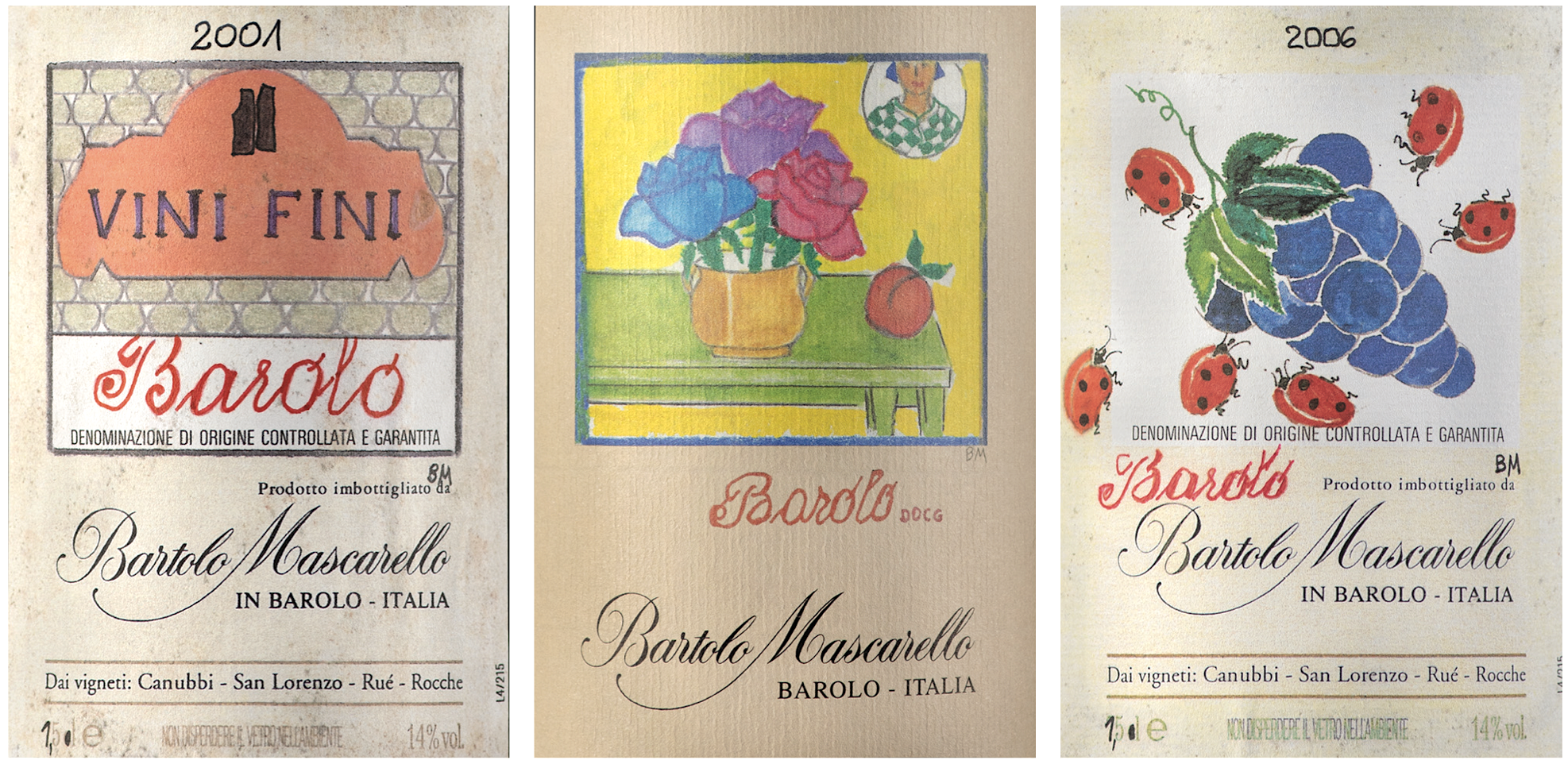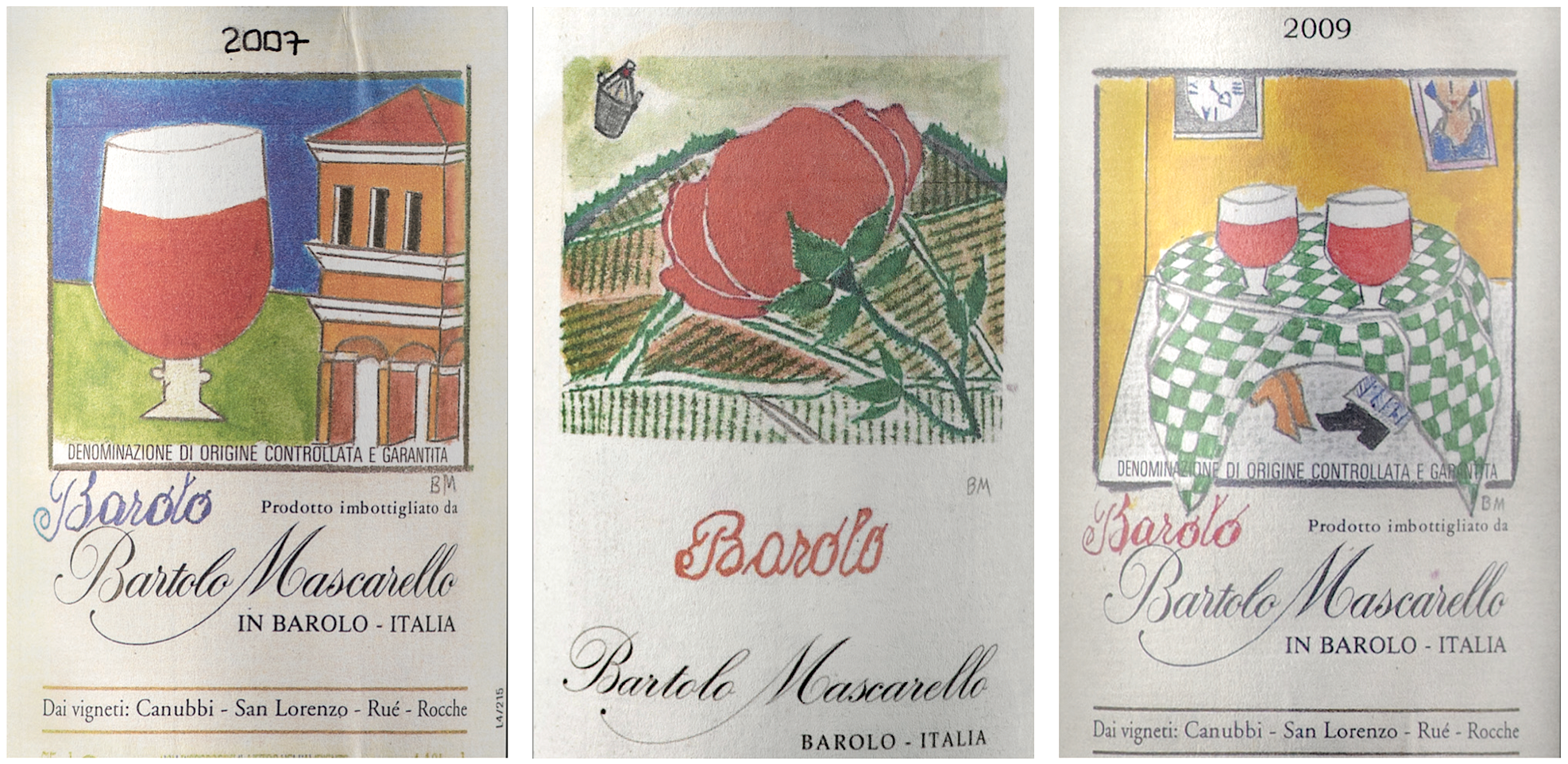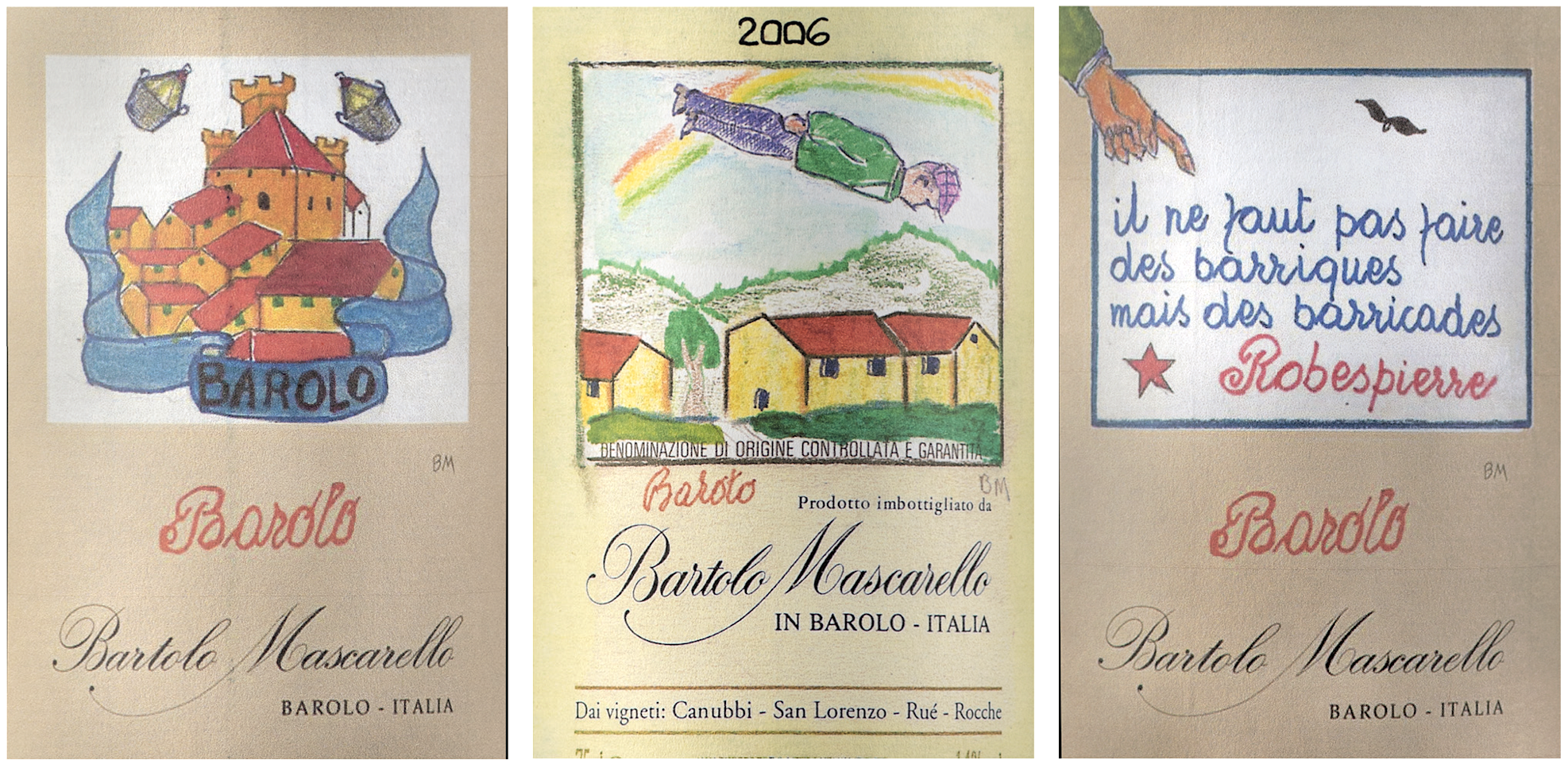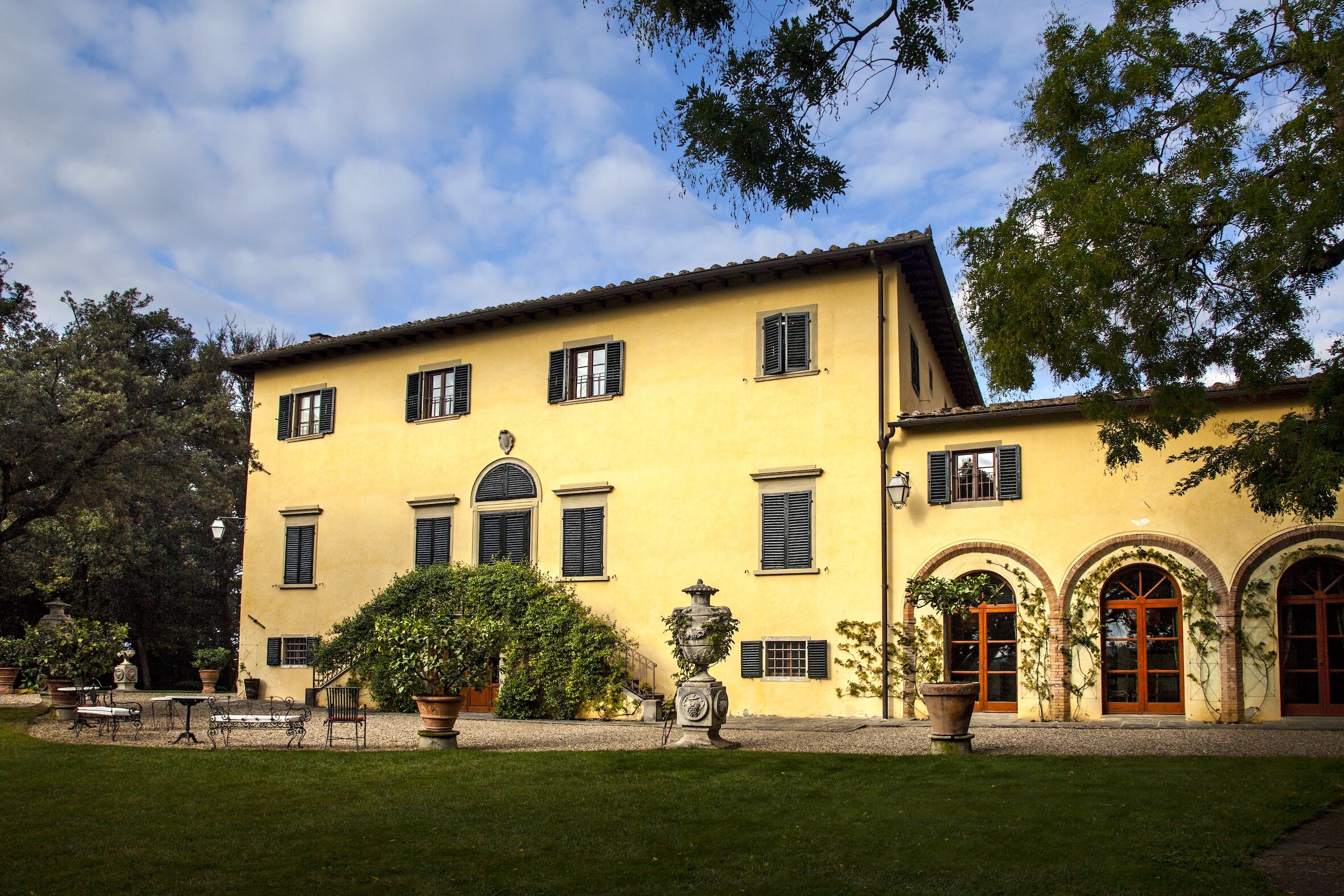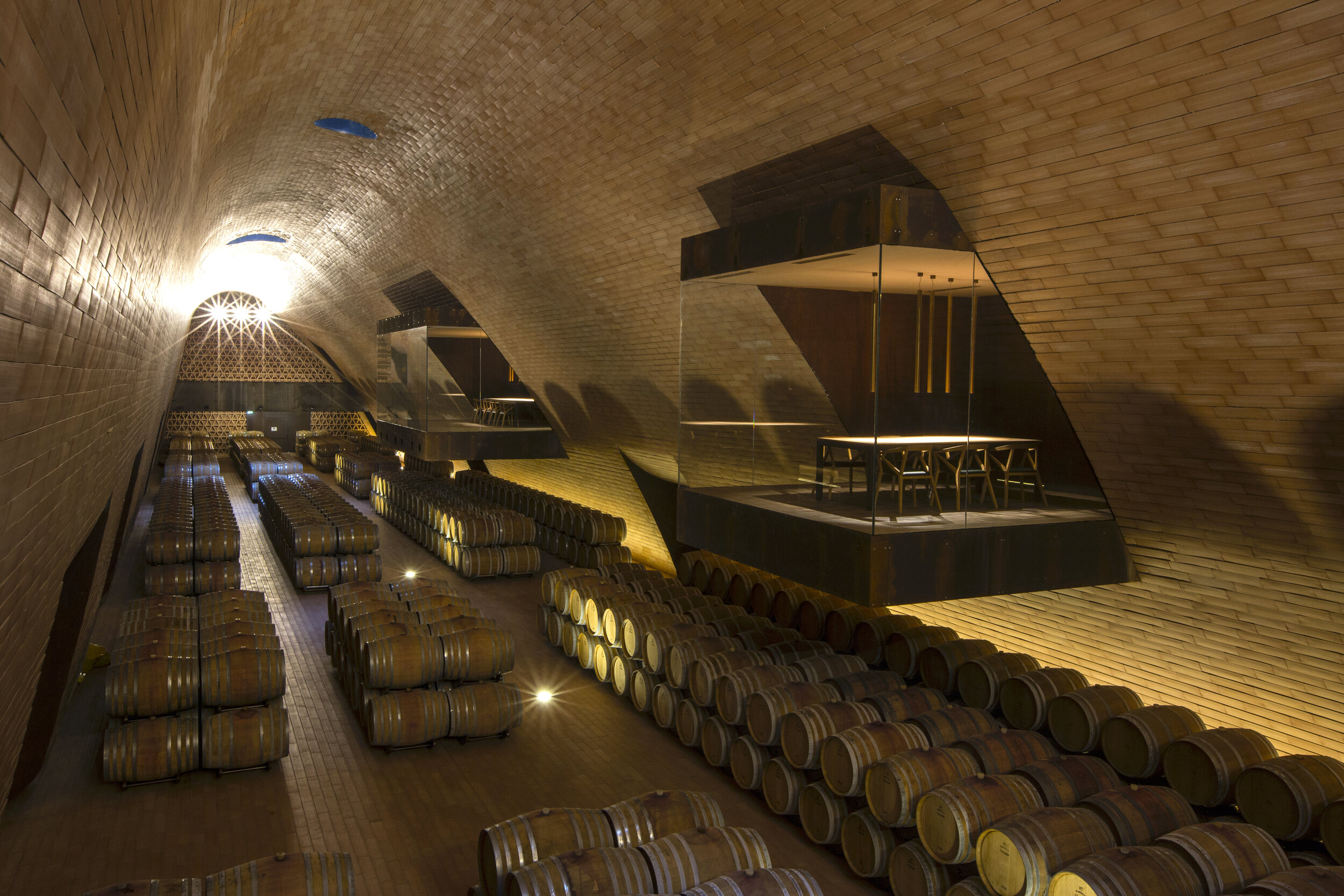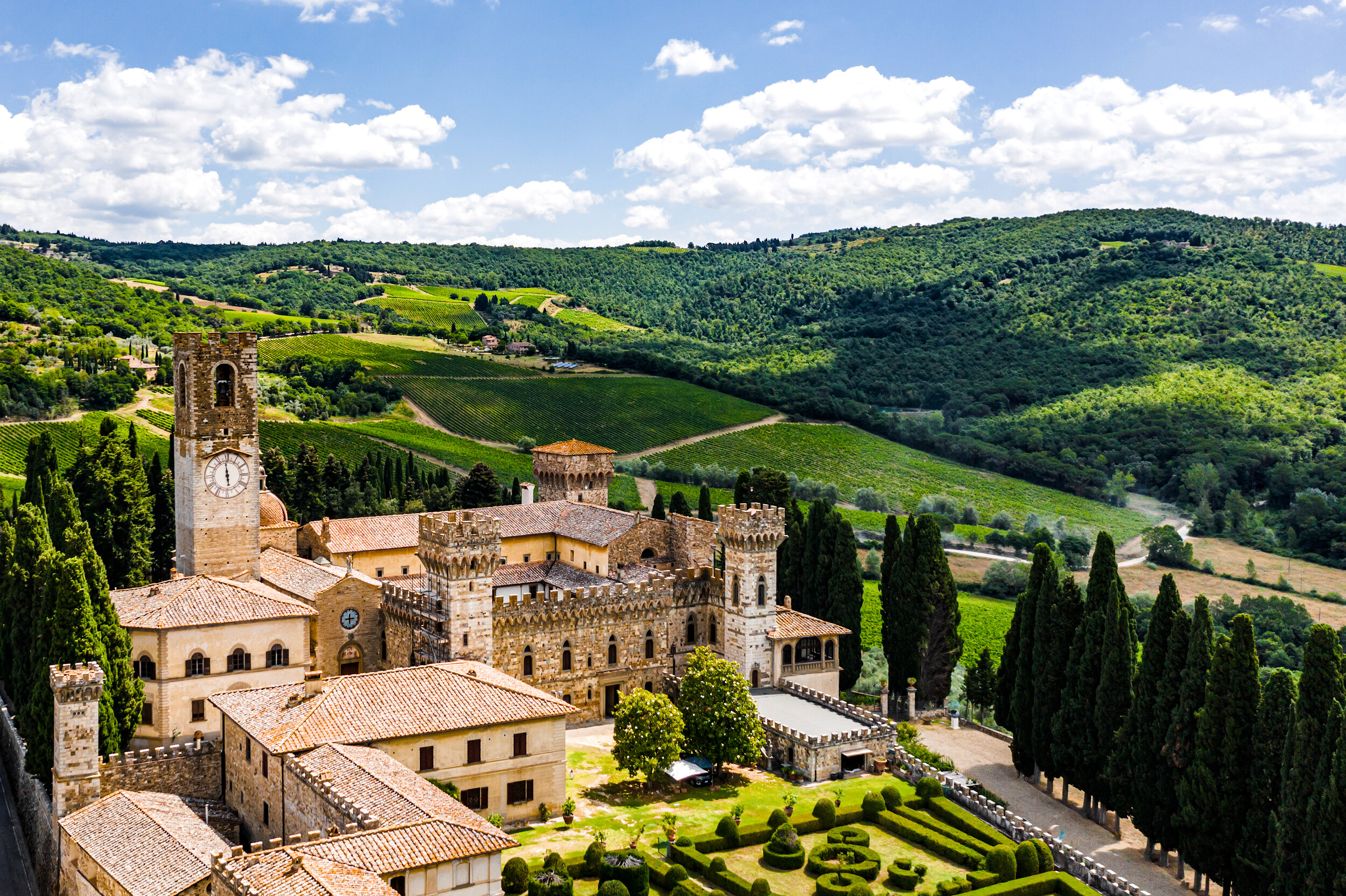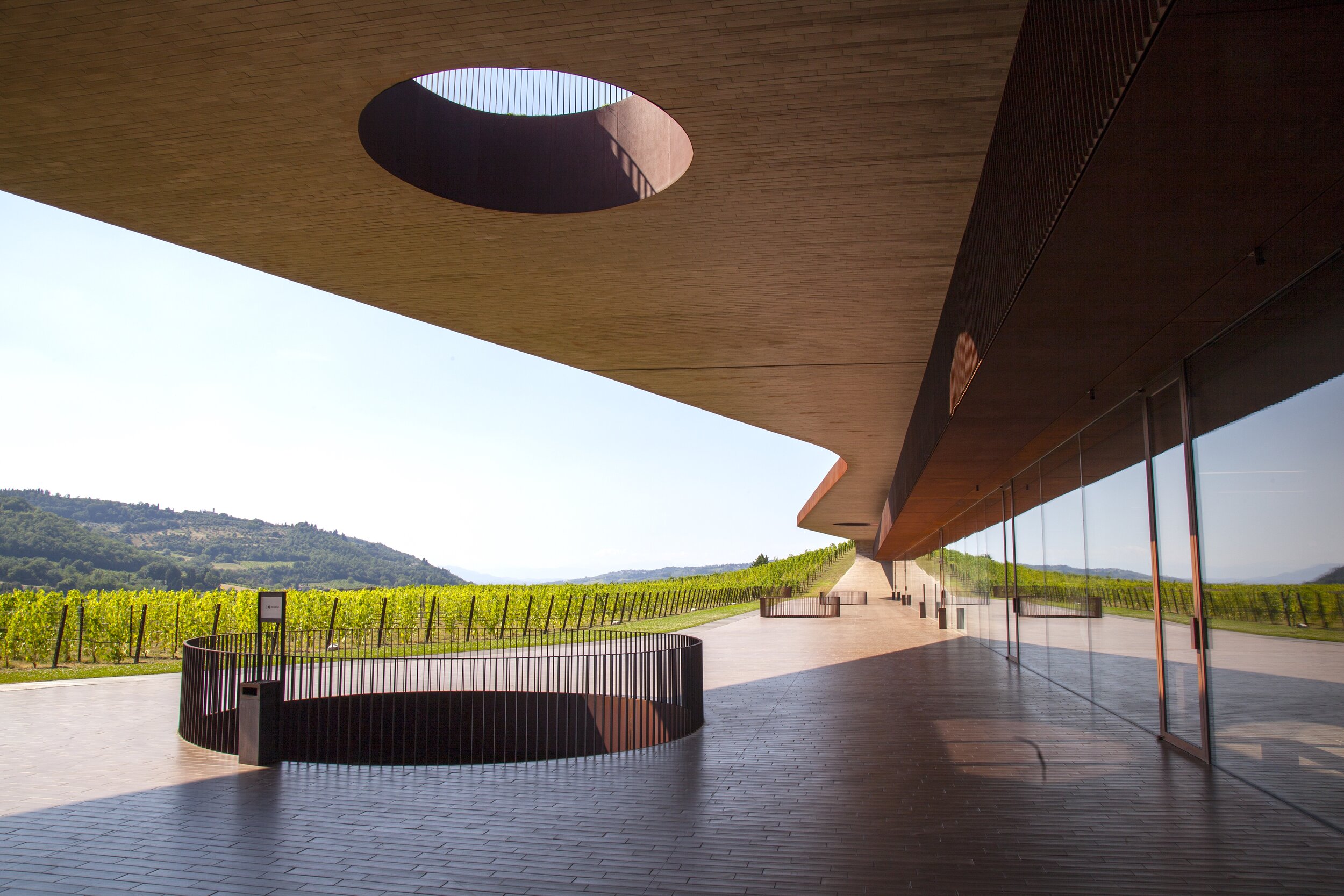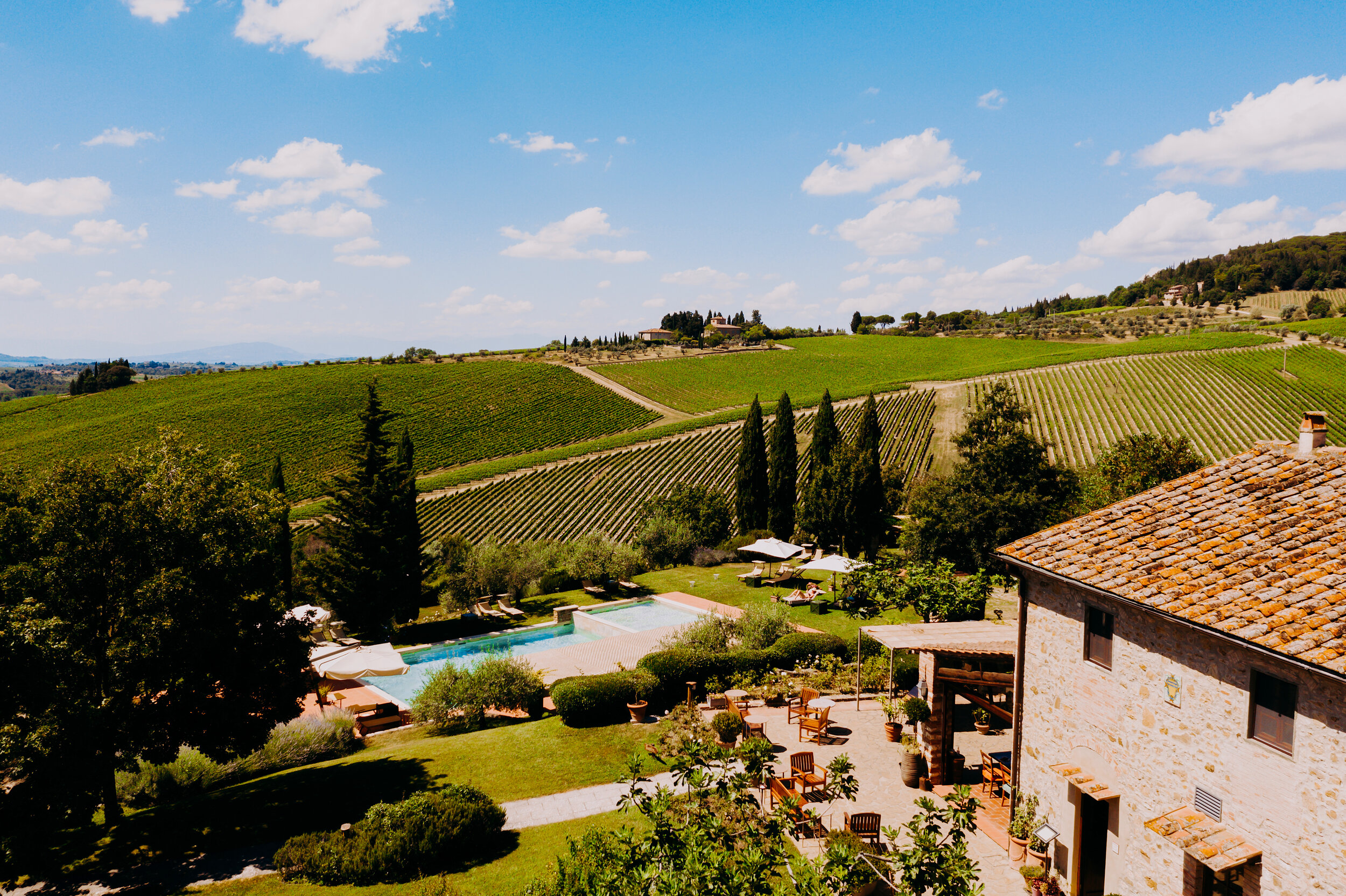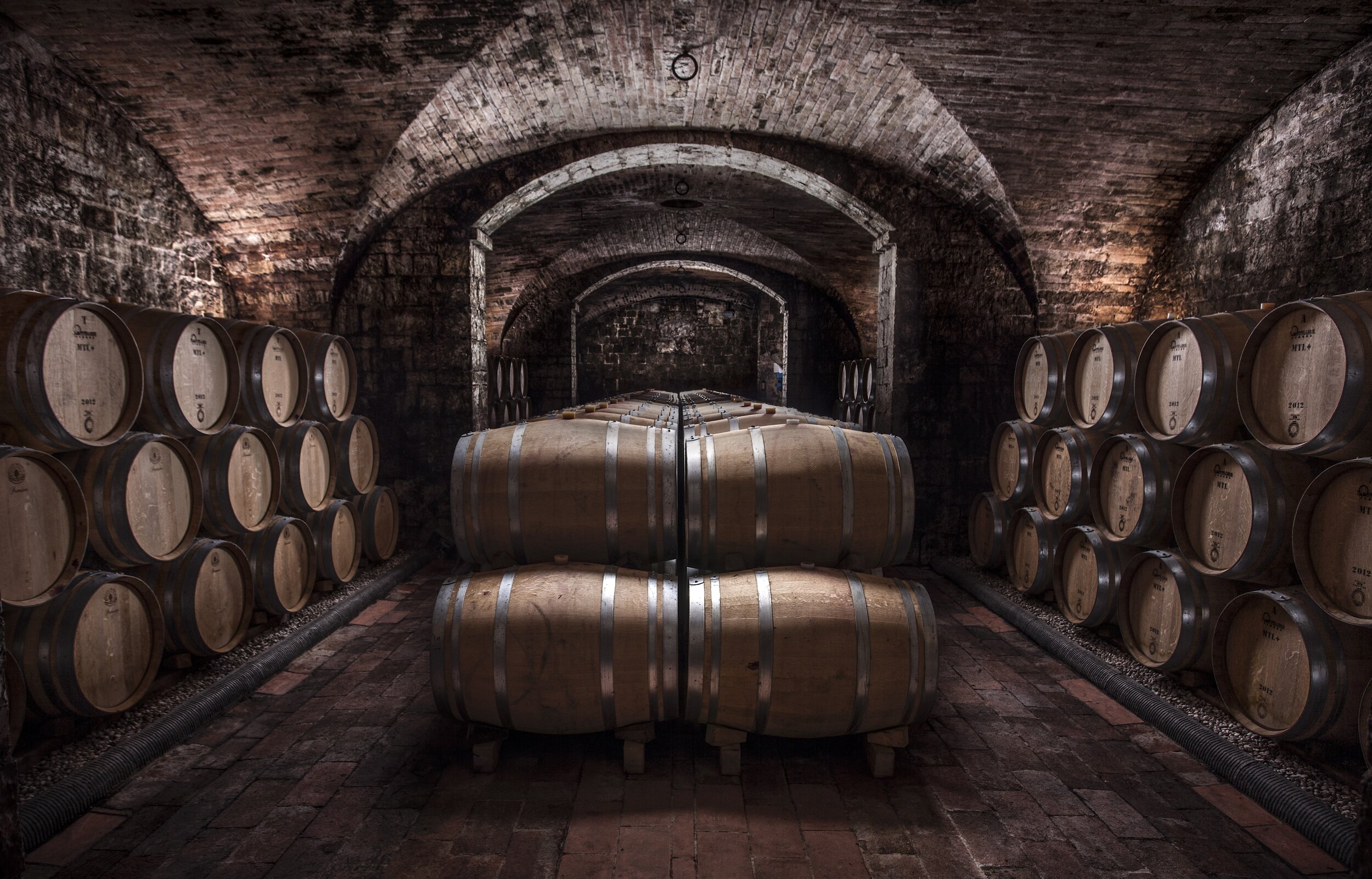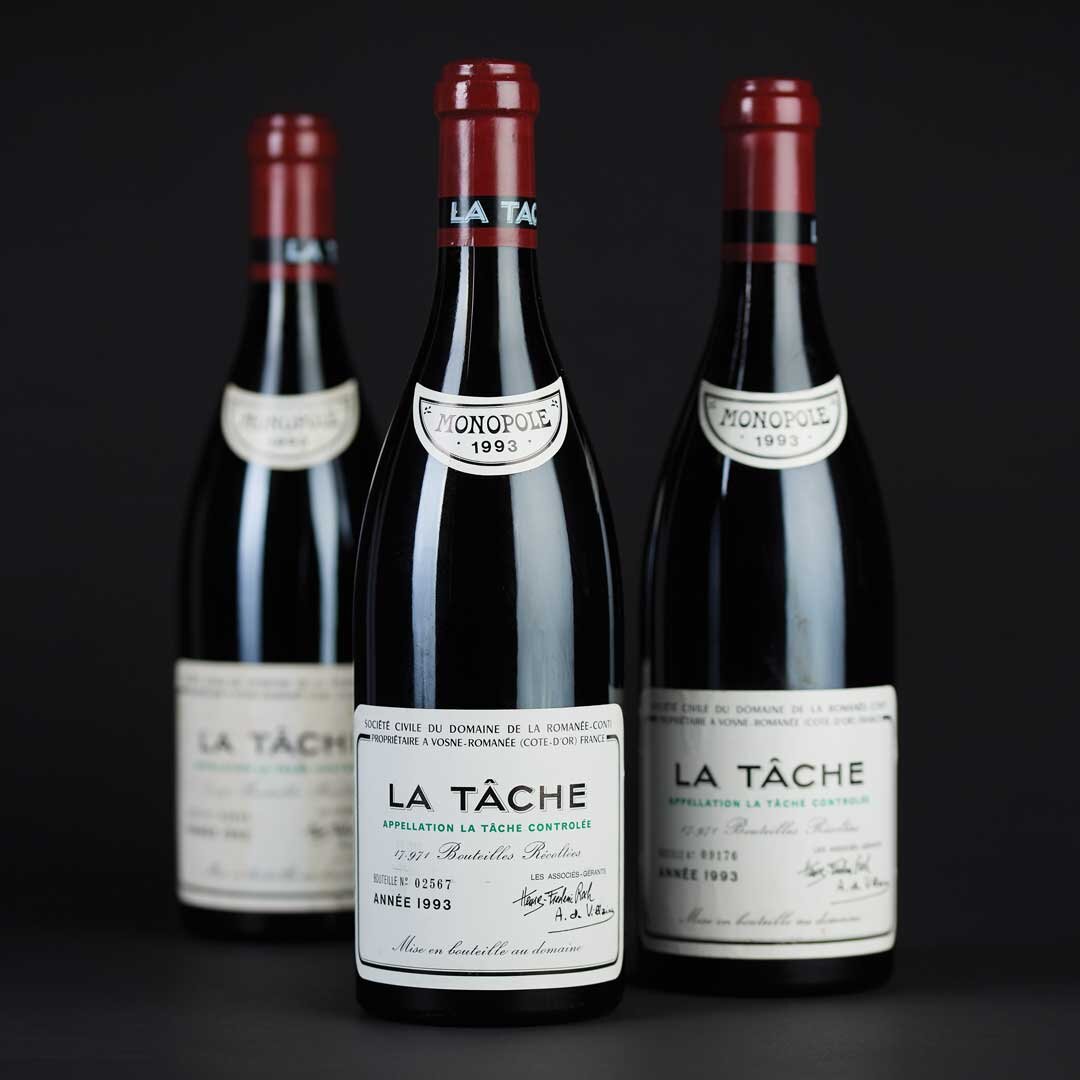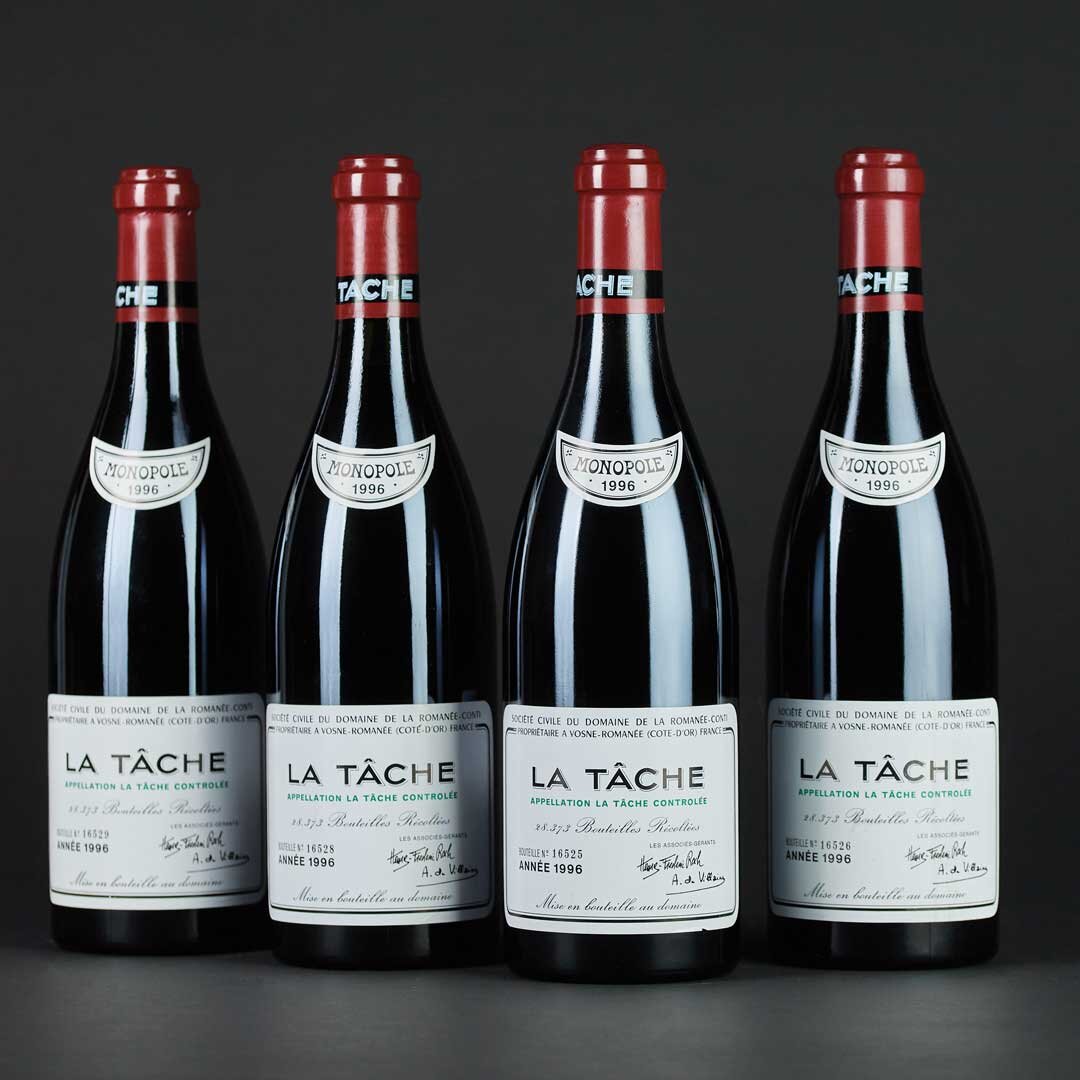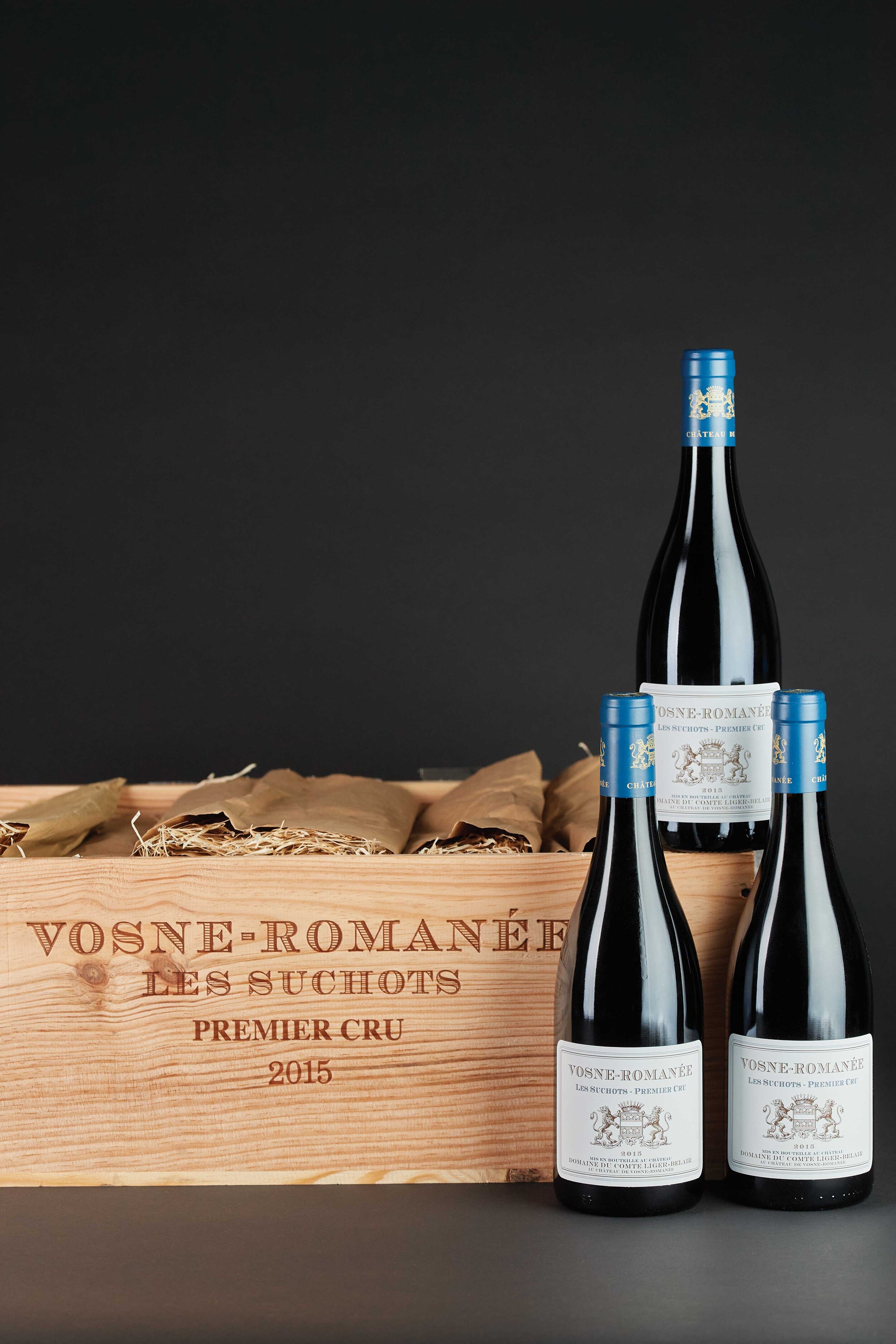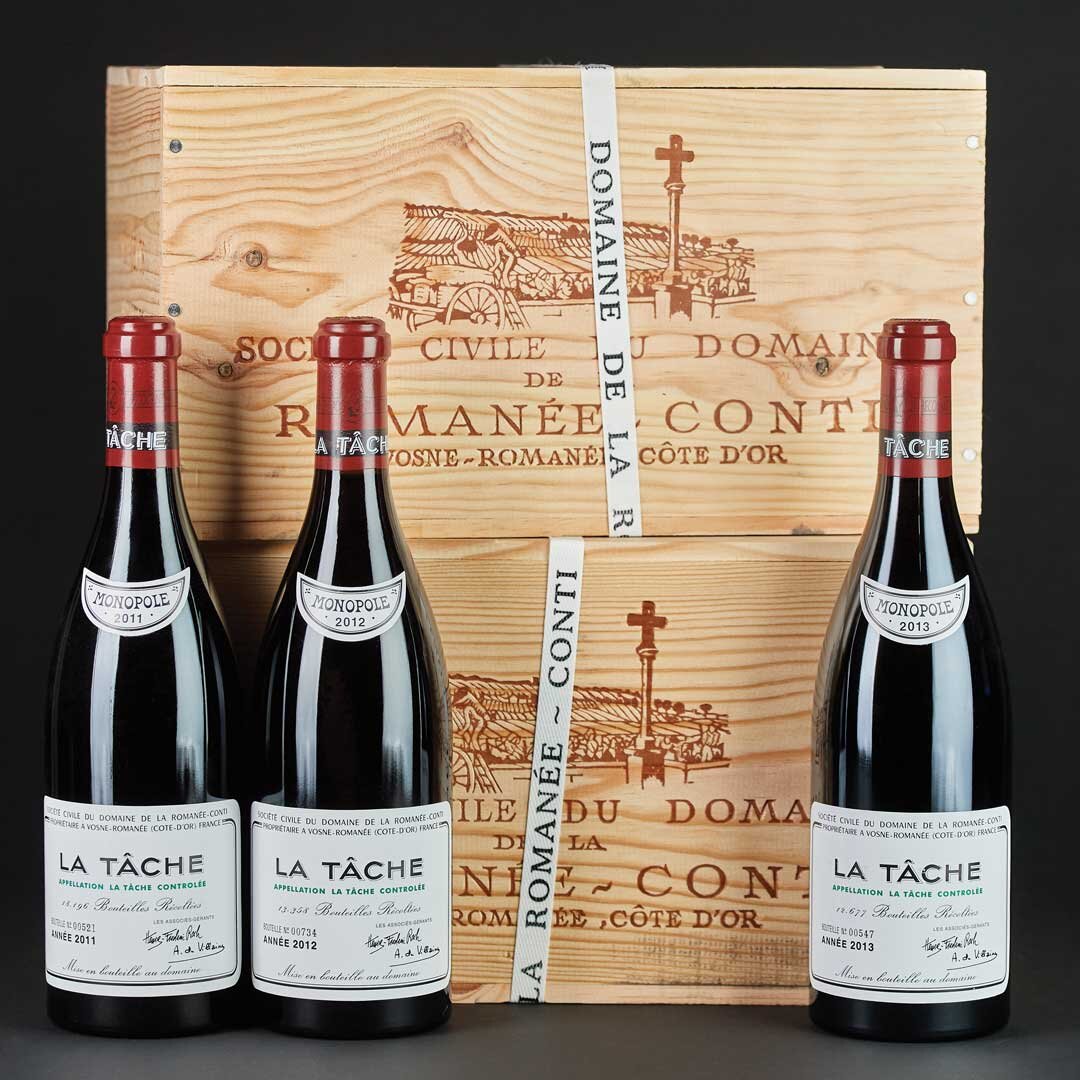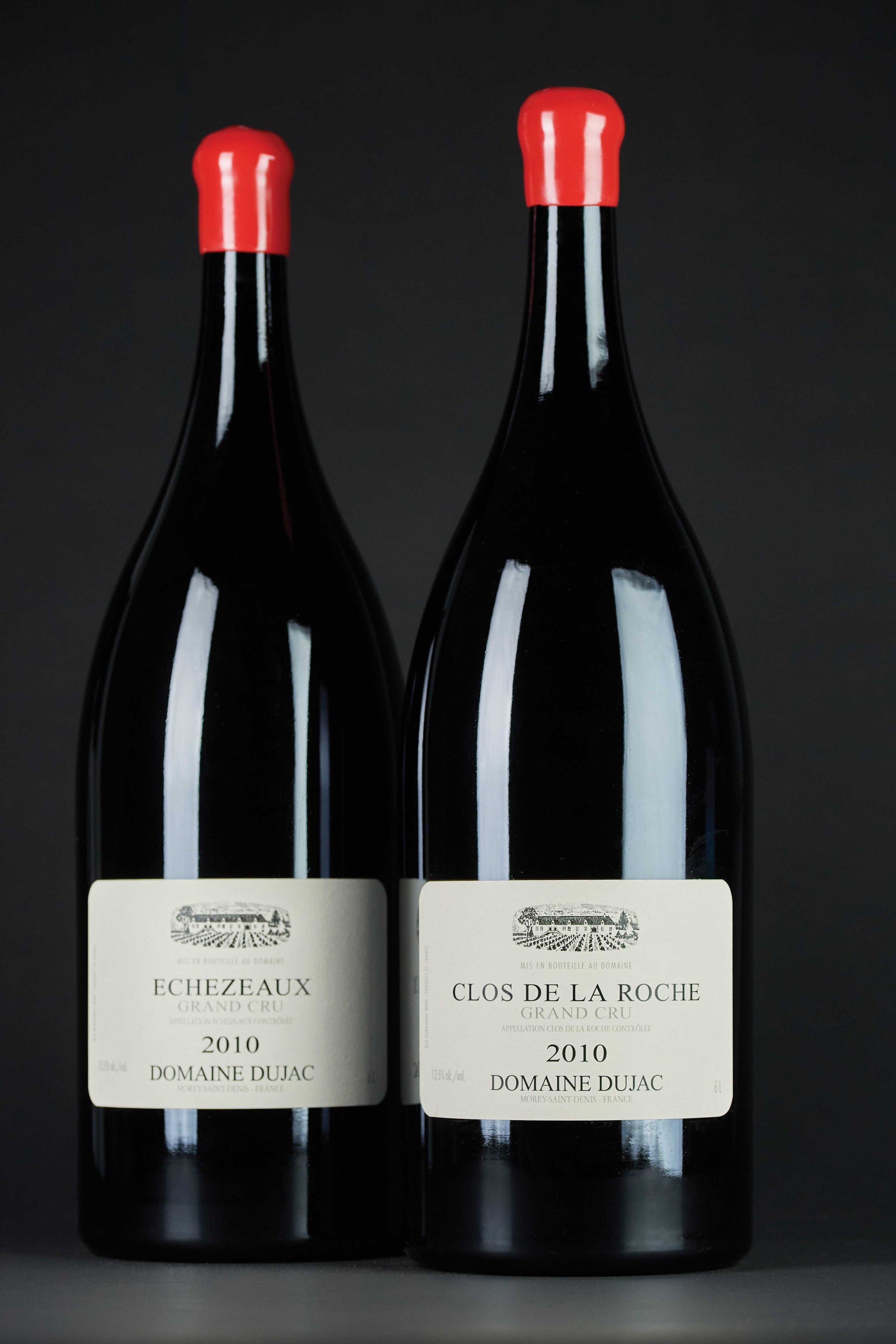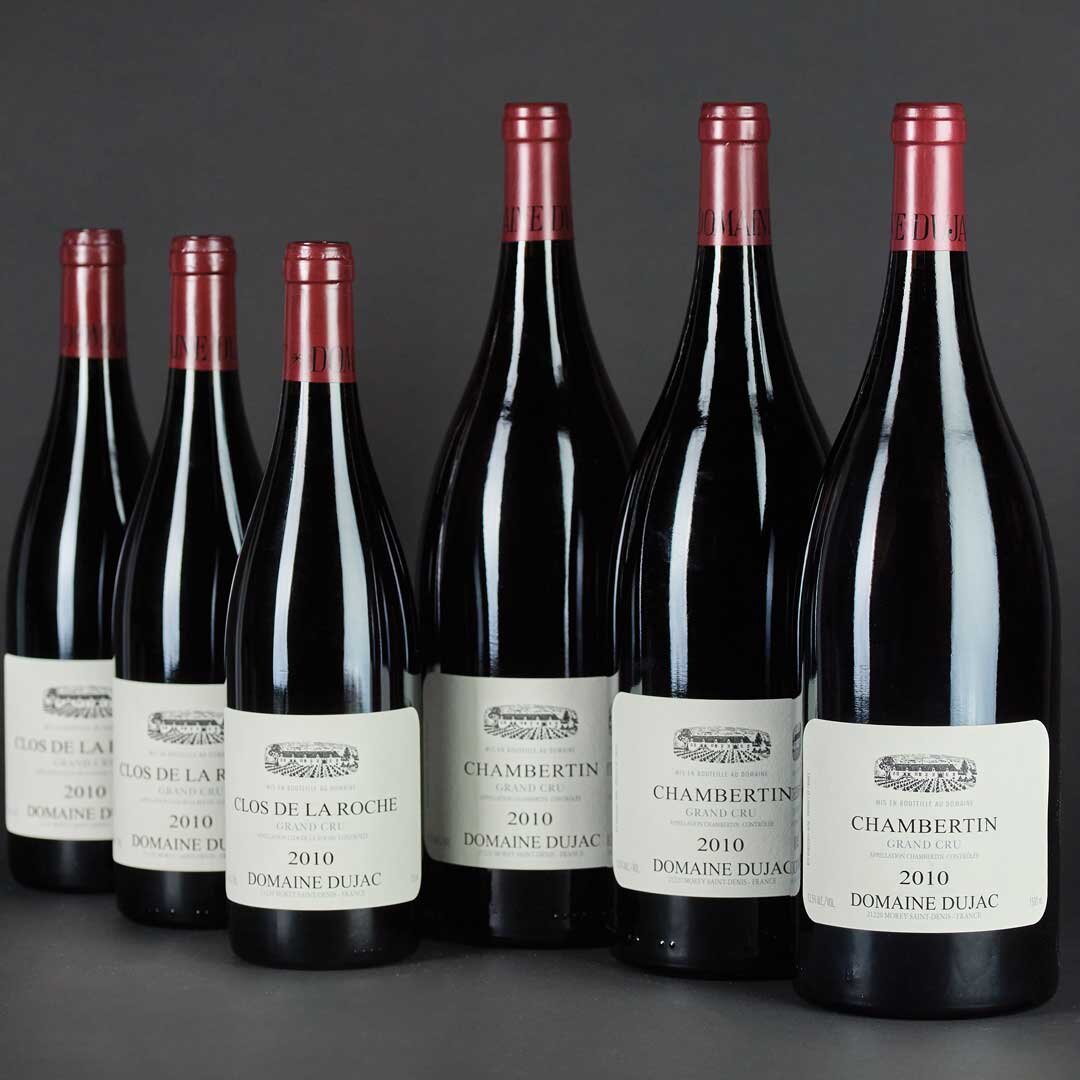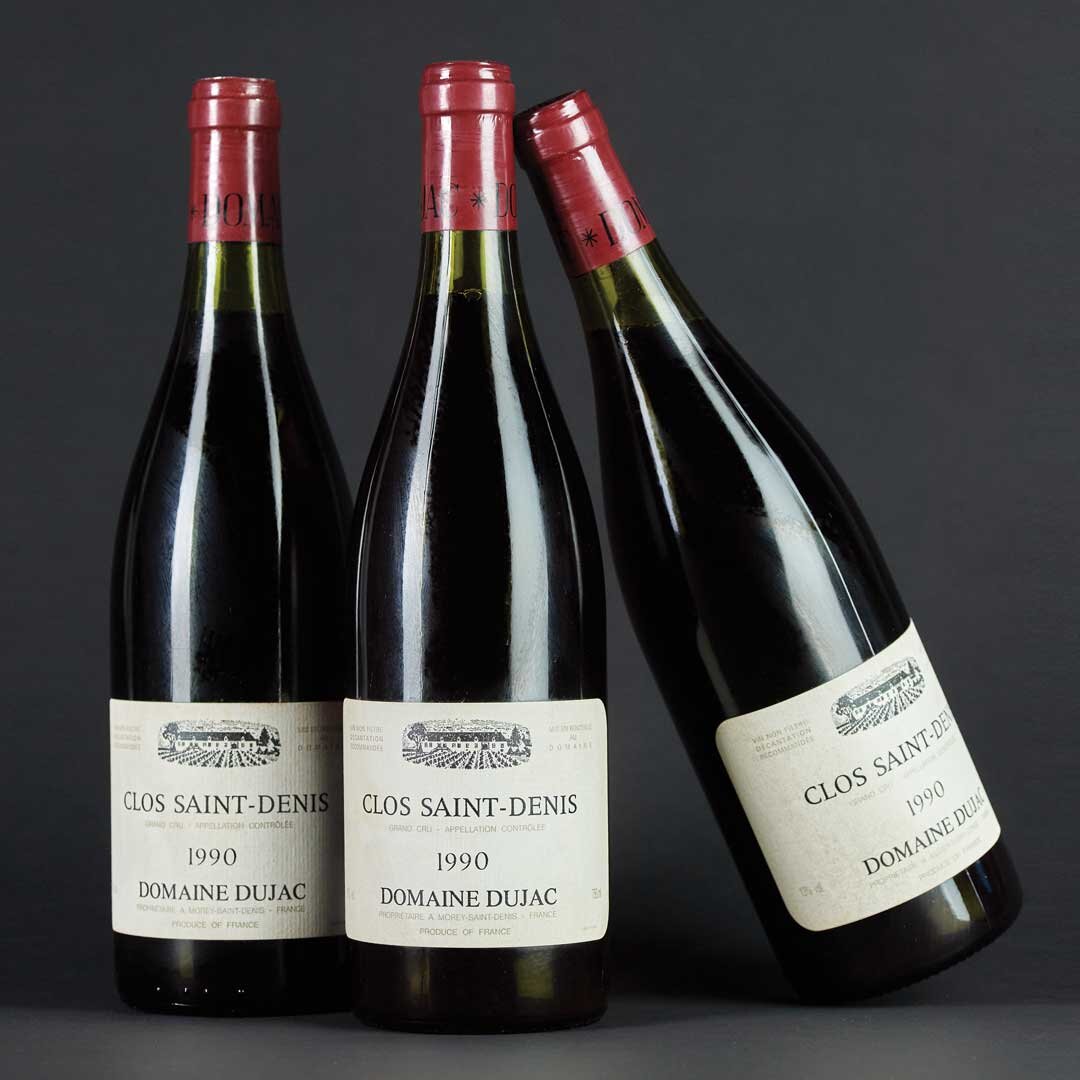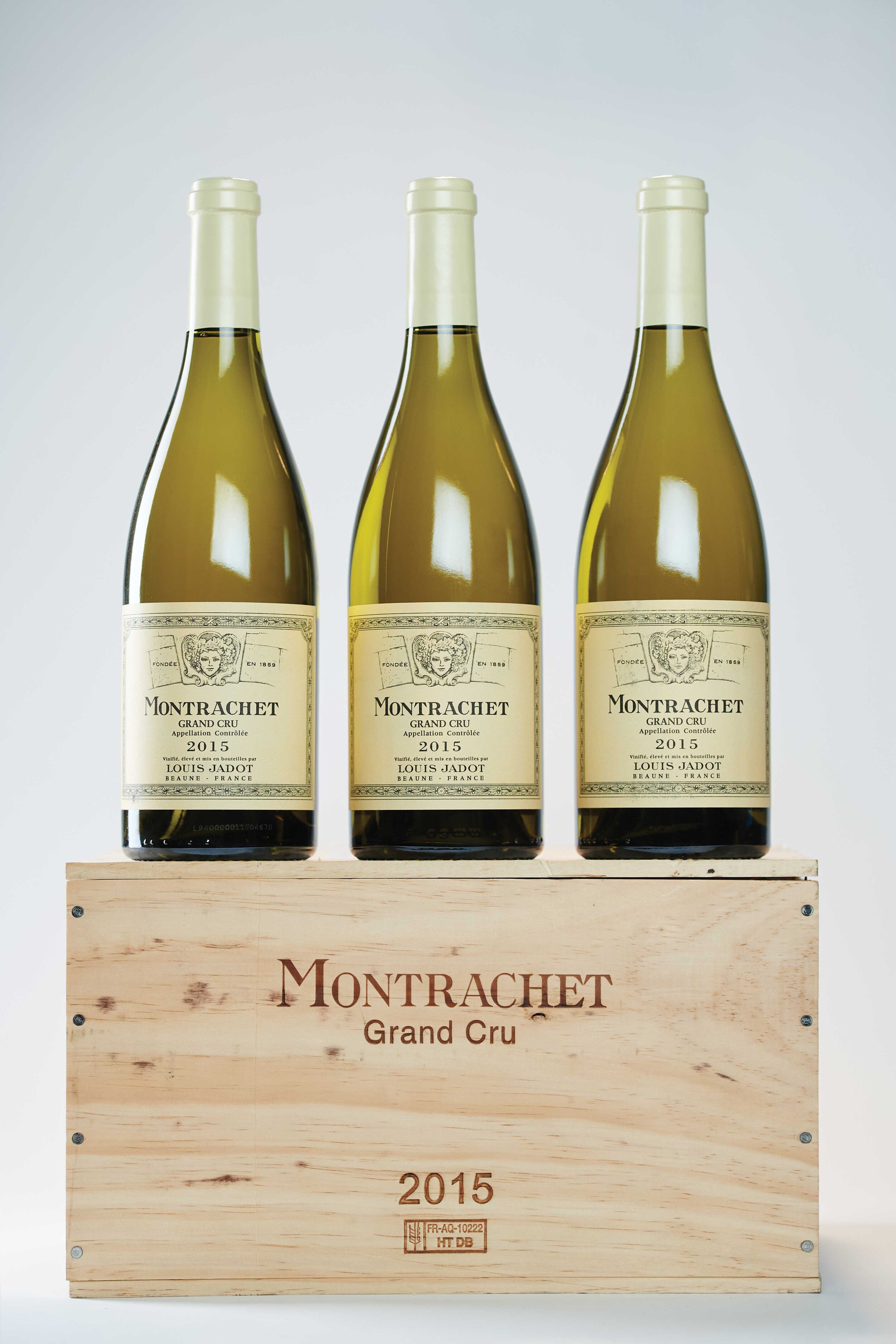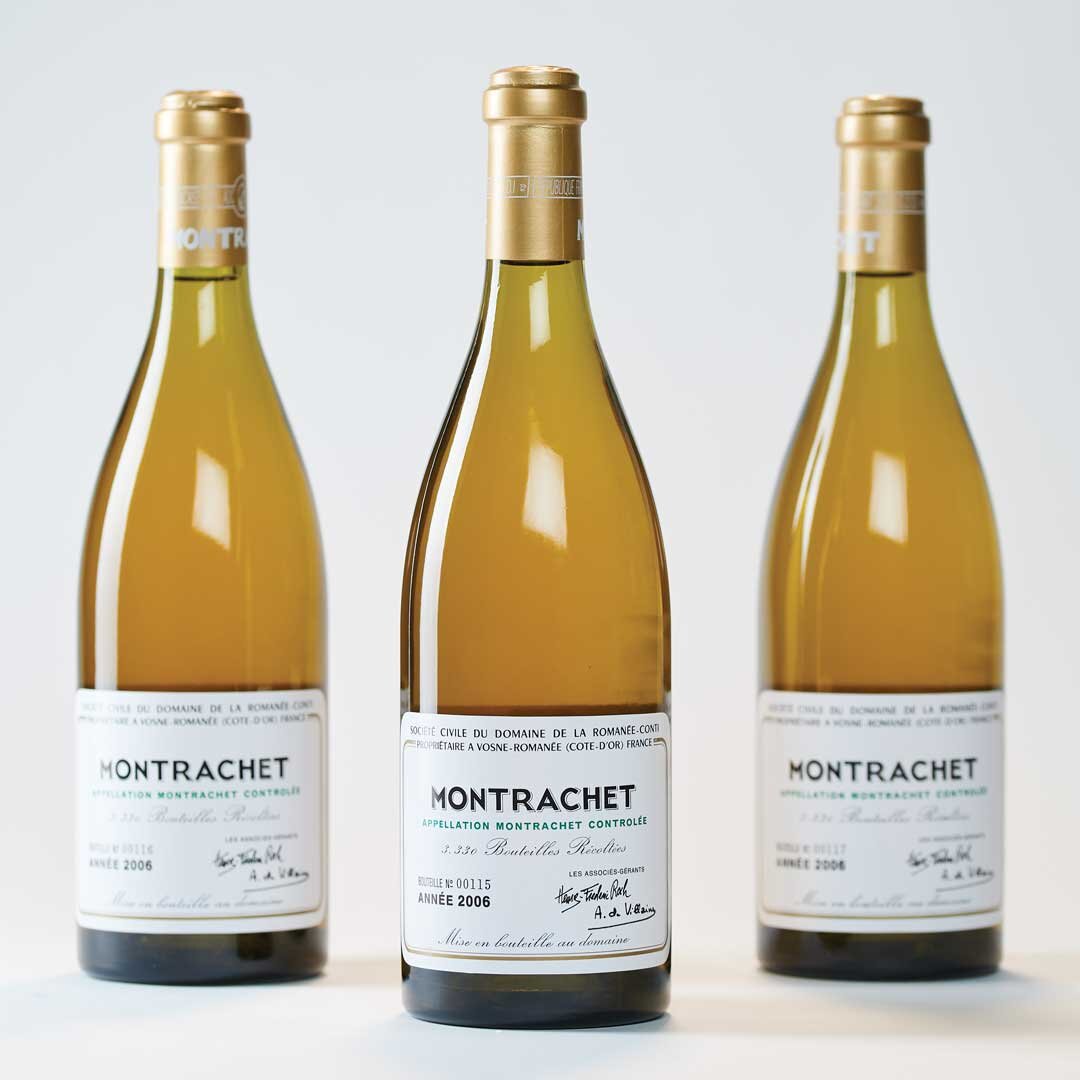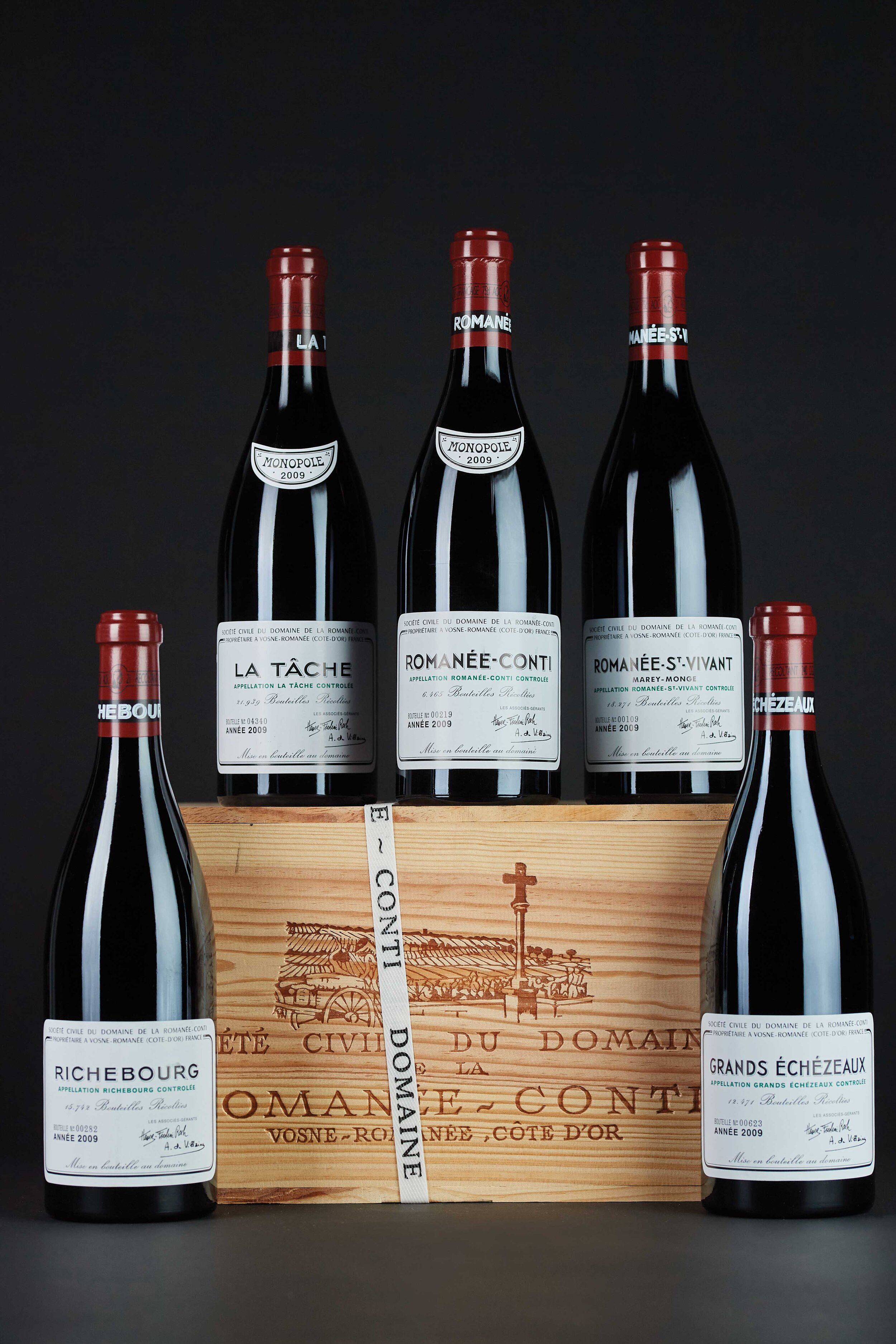After the Revolution, Romanée-Conti was sold to raise money for the fledgling Republic, and ended up in the hands of Jules Ouvrard, the son of Napoléon’s banker. Upon his death, the heirs sold the vineyard to Jacques-Marie Duvault-Blochet, the ancestor of the de Villaine family, who still own the domaine, in partnership with the Leroy family. In 1911 Edmond Gaudin de Villaine purchased the winery which had originally belonged to the monks of the abbey. He moved the winemaking from Santenay, where Duvault-Blochet had been based, to Vosne-Romanée, near the vineyards, and gave the new winery its cur- rent name.
Duvault-Blochet amassed impressive vineyard holdings during his lifetime, including prime parcels in Romanée-Saint-Vivant, Richebourg, Echézeaux, and Grands-Echézeaux, as well as a plot called Les Gaudichots. Gaudichots adjoined a vineyard called La Tâche, which was owned by Count Liger-Belair. Domaine de la Romanée-Conti often sold Gaudichots under the name of La Tâche, much to the irritation of Liger-Belair, who unsuccessfully sued them.
At the death of the Comtesse Liger-Belair in 1931, La Tâche was sold to the Domaine, and the entire site of more than six hectares was then known as La Tâche. Romanée-Conti and La Tâche are both wholly-owned by Domaine de la Romanée-Conti, and are thus referred to in French as “monopoles”. These are the two most desirable wines from DRC, although the Richebourg, Romanée-Saint-Vivant, Echézeaux, and Grands-Echézeaux are all made in the same way.
All of the vineyards are farmed according to biodynamic principals, and yields are kept very low. The hand-picked bunches are fermented whole in open-top wooden fermenters before being aged for approximately a year and a half in new casks. In addition to the parcels that they own, DRC leases (since 2009) just over two hectares of Corton from the heirs of the Prince de Mérode family.
While red wines form the bulk of the production at DRC, it would be a mistake to overlook the Montrachet. This white wine is produced from 0.67 hectares of vines in Chassagne- Montrachet. The result is rich and lush, with a luxurious heft on the palate almost recall- ing the density of their red wines. The Domaine is about to move further into white wine production, since they have recently leased 2.8 hectares of vineyards from Bonneau du Martray and will begin to produce Corton-Charlemagne with the 2019 vintage. In total, they own just over 25.5 hectares of vines and lease another five hectares in Corton, and every drop is a wine lover’s dream.
What does all of this history mean for you, the collector? A bottle of DRC is a vinous experience like no other. At Zachys, we often get asked if the wine can justify its price tag. For collectors of DRC, or for those who have tasted it, the answer is almost always yes. For those for whom the wine is a bit more aspirational, a combination of the wine itself, and the history to which you are connected when you pop a cork, is a joint-experience rare in the wine world.
Friday 7th May 2021 - New York
View the pdf catalogue




